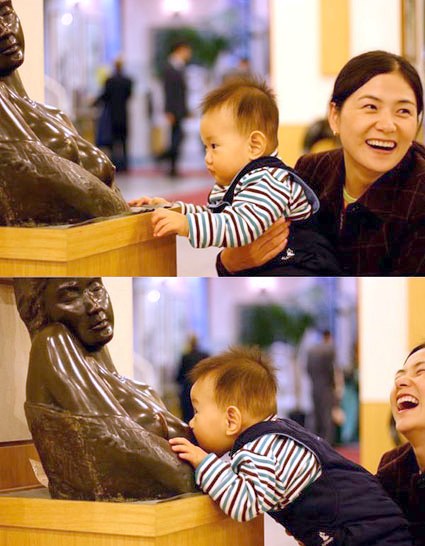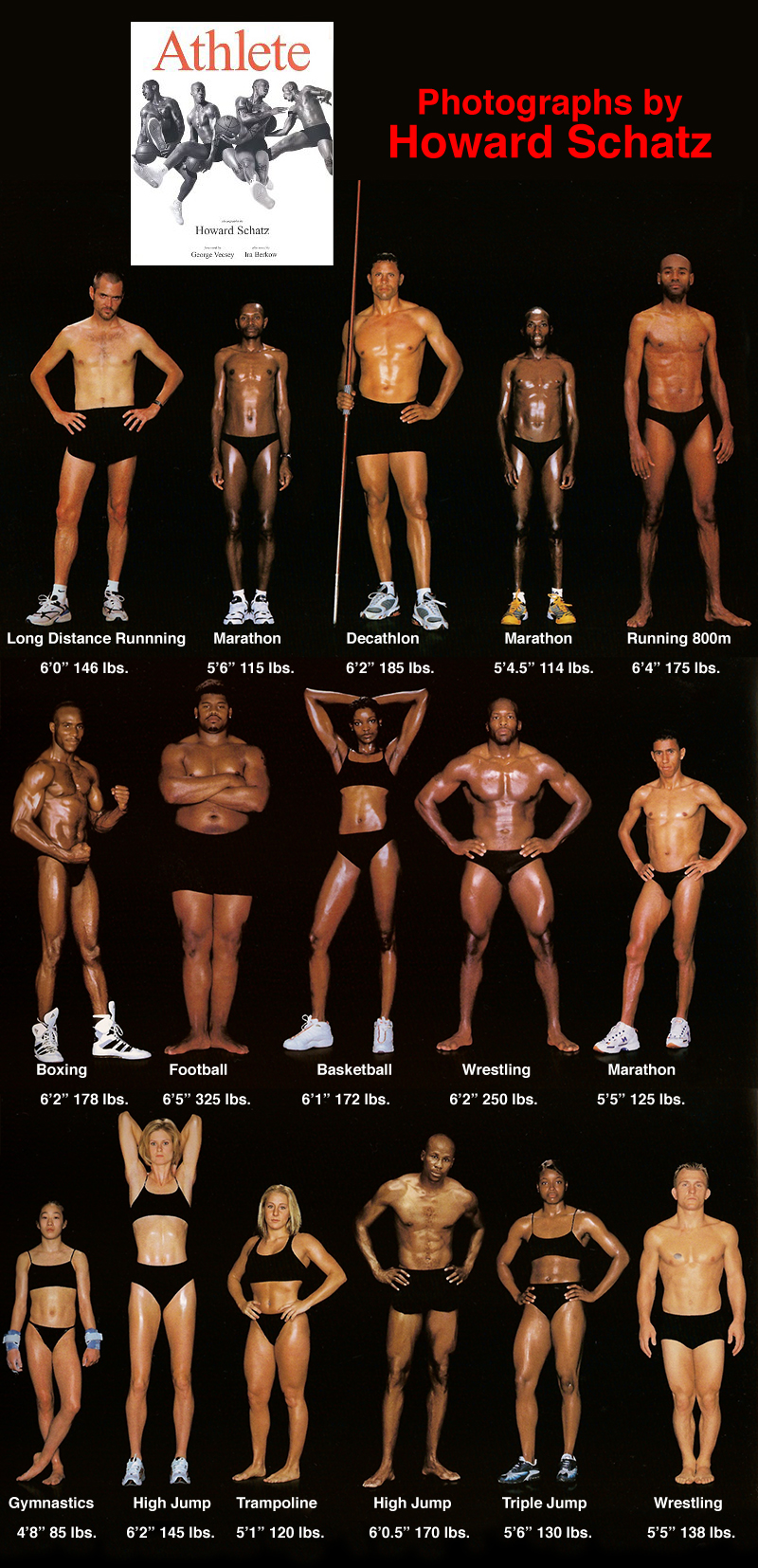
Here’s a nice collection of bus ads. The design of the ads was carefully targeted to the delivery vehicle (pun intended). Enjoy!

We’ve traveled to Rome for our family vacation this year, and aside from a few summer reading books that I couldn’t find in an eBook format, we relied on our two Kindles and 3 iPads for our family reading needs. This is the second summer we brought primarily electronic versions of books—”The Count of Monte Cristo” is much easier to read when it fits into your hand and doesn’t weigh a ton… In the days before the Kindle and iPad, we carried an extra suitcase just for books. But there are drawbacks to buying and reading eBooks. Below are some of my thoughts and experiences—the cogitations of a voracious reader. Time & Progress As I was reading my novels, I found myself repeatedly trying to figure out where in the book I was. How far along was I? When is the next natural break (chapter, section end)? How many pages are there to the end of the chapter, end of the section, end of the book? These were not idle curiosities about my reading accomplishments, although when you do finish reading the book version of “The Count of Monte Cristo”, you do have a sense of having read something. An…

David Brooks: The Social Animal I just finished reading a book by David Brooks, “The Social Animal.” While initially hesitant, I really enjoyed reading it. The book, a fiction, bundles together a lot of interesting information on the latest (and not so latest) advances in our understanding of the workings of the human mind. So it’s easy to see why I would like it! While there are many ideas worth considering in the book, I picked a small detail mentioned in passing: the evolutionary pull towards the love of a “Hudson Valley Landscape.” The Hudson Valley Landscape has the following features: The landscape has lots of open space interspersed with tall vegetation. There’s a far horizon that defines the space: a valley, a glade, a river basin, a farm, etc. There’s a clear evidence of fresh water: a river, a stream, a pond, etc. There are a few large trees in the foreground, offering shade, fruit, safe escape, or all of the above. There’s a path from the foreground to the background. There are people and man-made structures visible somewhere. There are “safe” animals or birds visible: cows, ducks, deer, etc. Amazingly, all cultures respond positively to this genre of…
Harvard Vision Lab created a few experiments that feature Attention Controls Errors and Perceptual Blindness. Below is one of their optical illusions. Directions: concentrate on the central white dot. Did the colors of the outside dots continue to shift throughout the video? If they stopped when the dots were rotating, then you’ve just experienced Silencing—the lab’s vocabulary for individual’s inability to pay attention to both motion and color shift at the same time. Here, we mostly call it Perceptual Blindness. My Personal Experience with this Illusion: The first time I watched the video, I think the colors stopped shifting…but I don’t really remember—I wasn’t paying attention! The second time, I saw the shift. When I showed the illusion to a colorblind individual, he saw the shift from the first viewing. To read about the complete experiment and to view more illusion videos, please visit the lab: http://visionlab.harvard.edu/silencing/

I first came across this image years ago in our pediatrician’s office. It made everyone who saw it laugh. The young boy—less than a year old, probably—has very limited world experience. But somethings he knows well—food comes out of those! The boy recognized the imagery, but with his limited background knowledge of art and contextual experience, his expectations of milk were quickly dashed (to the complete amusement of his mother). While we enjoy the boy’s predicament, it is good to keep in mind that the products we create can put our users at a disadvantage. The product’s audience can similarly have limited background knowledge, misinterpret the context, and be left with unexpected consequences. And a loving mother might not be there to console them…

Sometimes a book comes along that demonstrates in a very effective way the meaning of perfect. There’s a saying: “I will know when I see it.” But our seeing and knowing is wrapped up in our cultural bias and prone to mirroring errors. This contextual confusion over categorization is often cited during the discussion of American blindness to fat—when everyone in a group is over weight, no one is. The book “Athlete” shows what’s normal for various athletic groups. And what’s normal to some is amazing to others…
For those of you who have been designing iphone apps that use the geo-location features, social media connections, and tie-ins with local businesses, here are a few ideas and platforms that might help push your projects along to completion. In particular, if you’re considering developing a shopping iphone app (shopping lists, price comparisons, coupons, bulk purchases with friends, and sale alerts), this is worth watching. Argon, the Augmented Reality Web Browser Blair MacIntyre, director of Argon Project, and associate professor in Georgia Tech’s College of Computing, describes the new platform for smart phone (iphone) that uses the same tools as those used to develop web sites. Ad-dispatch Augmented Reality Video This video shows how iphone can be used to interact with packaging, ad, and billboards. What is daqri? This video shows off a piece of software which allows “rich spatial media experience”: Daqri.